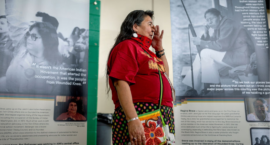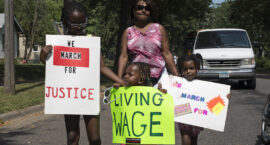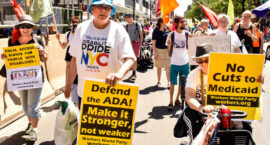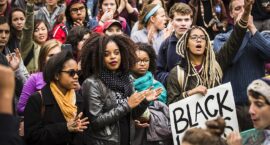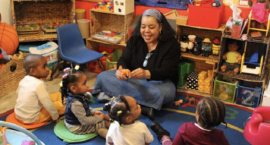At the end of February, President Joe Biden’s administration announced it was going to require every state to cap its co-payments so that families that receive subsidies pay no more than 7 percent of their income towards childcare.
This important move addresses the acute need among the lowest-income families, most of whom are families of color. With the change, more than 100,000 families are expected to save about $200 a month on average, according to the White House. The change could also encourage more providers to participate in the subsidy program because they know they’ll be paid consistently for serving low-income students in the same way they are for other children. The new rule is effective April 30. Some states will be able to make the changes quickly; others will need approval from their legislatures. All will need to be in compliance by 2026.




